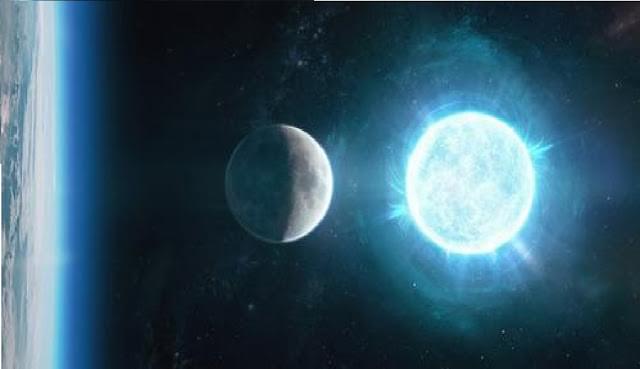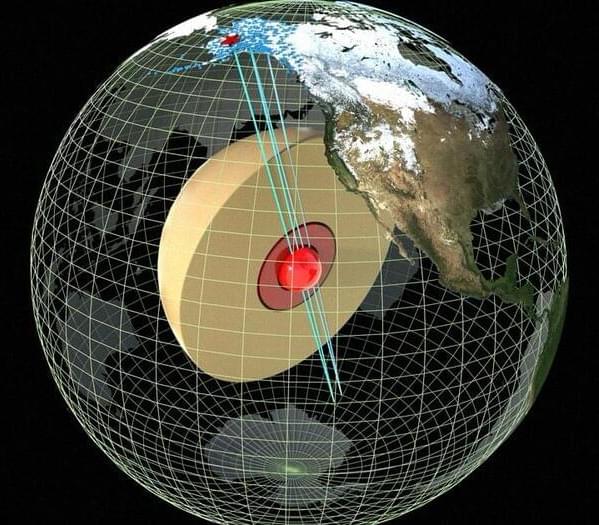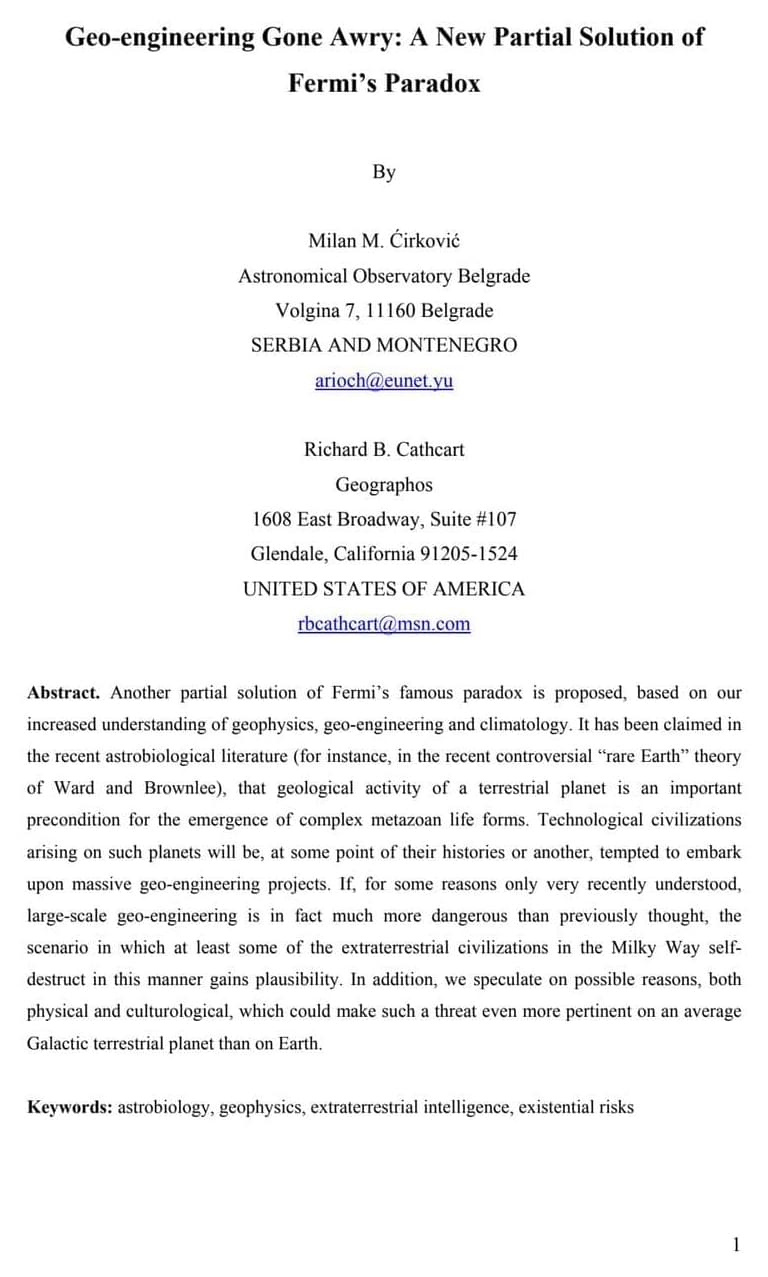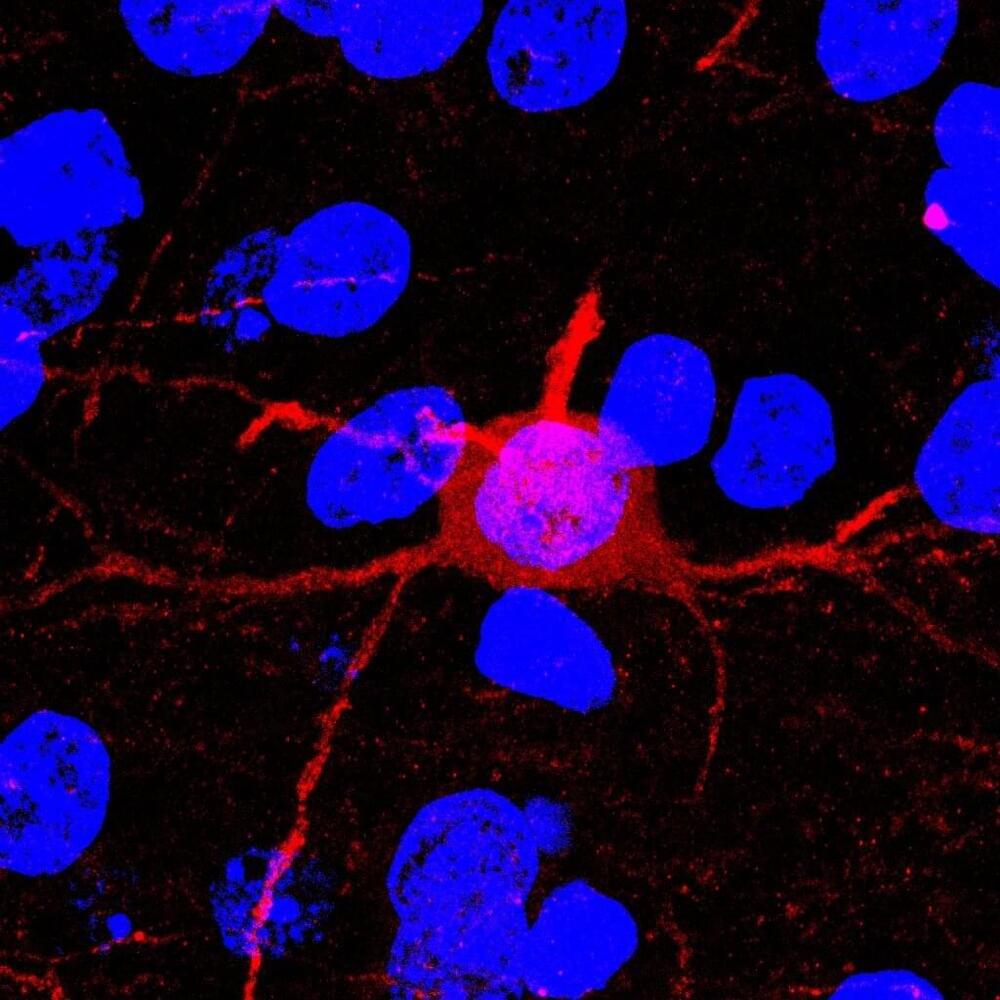Feb 25, 2023
Scientists Spot Never-Before Seen White Dwarf As Small As Our Moon But More Massive Than Our Sun
Posted by Dan Breeden in category: space
Astronomers have discovered a white dwarf with unprecedented characteristics. It is simultaneously the smallest and most massive white dwarf ever observed by astronomers.
Astronomers at the Zwicky Transient Facility, which operates at the Palomar Observatory at California Institute of Technology, have discovered an extremely unusual white dwarf star with an extreme magnetic field nearly one billion times more powerful than the one of our Sun. The unique celestial object is both the smallest and most massive white dwarf discovered to date.
White dwarfs are dense, collapsed remnants of stars that were once about eight times more massive than the Sun. They form when stars literally shed their outer layers at the end of their life.


















